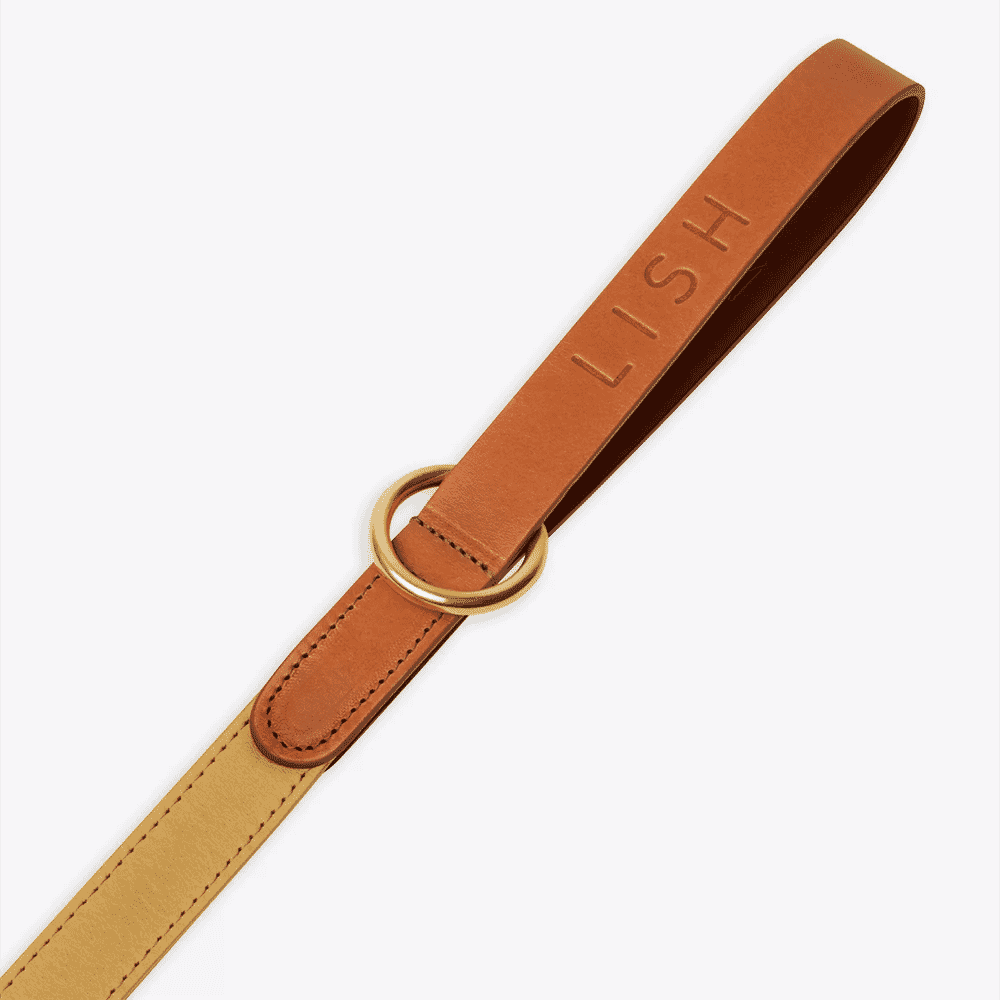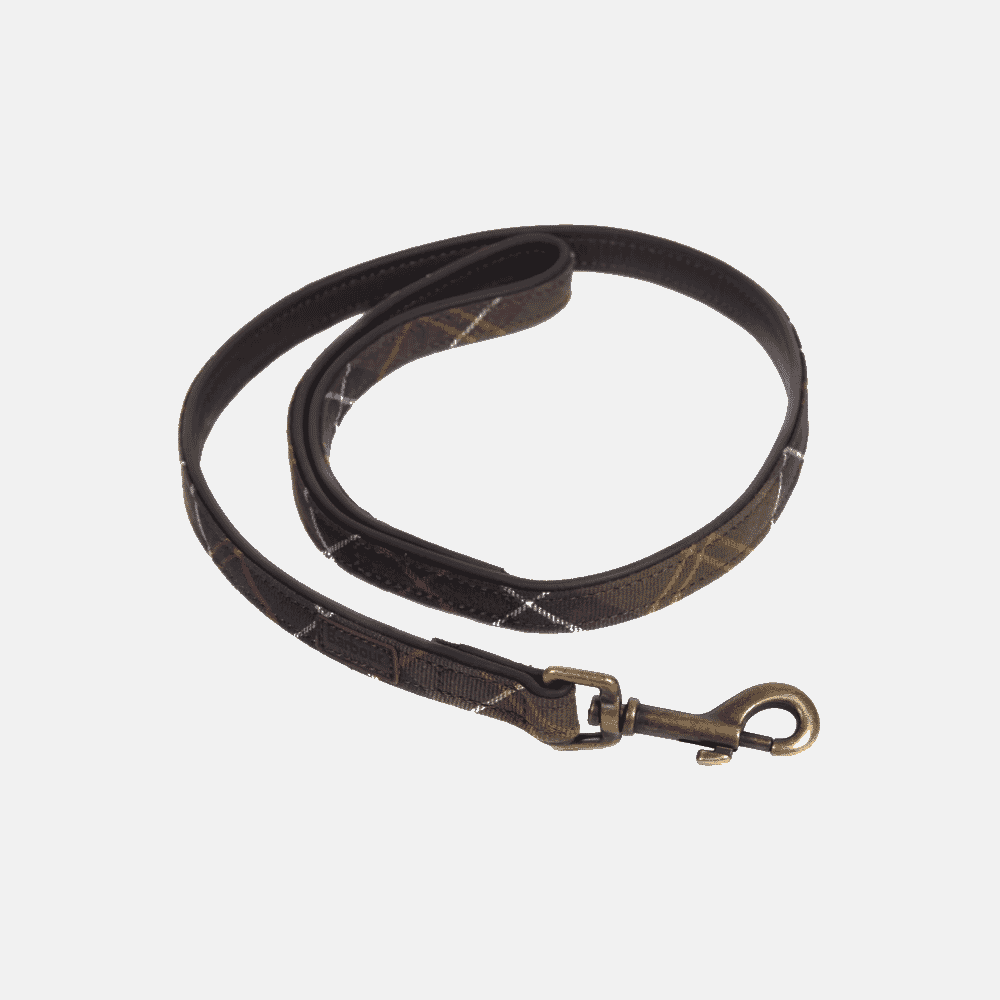When it comes to choosing the best dog lead, finding the right one can make a world of difference for both you and your pet. Whether you're a first-time dog owner or an experienced pet parent, selecting the ideal dog lead is crucial for ensuring safety, comfort, and a pleasant walking experience. The right lead can transform your daily walks into enjoyable adventures while promoting good behavior and control.
Walking your dog is more than just a routine; it's an opportunity to bond with your furry companion while ensuring they stay active and healthy. However, the effectiveness of your walks largely depends on the quality and suitability of the dog lead you use. With so many options available in the market, it's essential to understand the features and benefits of different types of dog leads to make an informed decision.
This comprehensive guide will walk you through everything you need to know about the best dog leads. From understanding the various types of leads to considering factors like material, length, and durability, we'll help you find the perfect match for your dog's needs. Let's dive in!
Read also:Stassi And Patrick The Ultimate Guide To Their Love Story Biography And Impact
Table of Contents
- Types of Dog Leads
- Choosing the Right Dog Lead
- Material Considerations
- Length and Control
- Safety Features
- Top Dog Leads Reviews
- Frequently Asked Questions
- Tips for Training with a Dog Lead
- Maintaining Your Dog Lead
- Conclusion
Types of Dog Leads
Dog leads come in various types, each designed to cater to specific needs and preferences. Understanding the differences between these types can help you choose the best dog lead for your pet. Below are some of the most common types of dog leads:
Standard Dog Leads
Standard dog leads are the most basic and widely used type of lead. They typically range from 4 to 6 feet in length and are made from materials like nylon, leather, or rope. These leads provide a good balance of control and comfort, making them ideal for everyday walks.
Retractable Dog Leads
Retractable dog leads offer flexibility, allowing your dog to roam freely while still maintaining control. These leads usually extend up to 16 feet and feature a lock mechanism to prevent excessive wandering. However, they may not be suitable for dogs that pull or for situations requiring strict control.
Hands-Free Dog Leads
Hands-free dog leads are perfect for active pet owners who enjoy running or hiking with their dogs. These leads typically feature a waist belt or clip, allowing you to keep your hands free while ensuring your dog remains secure.
Choosing the Right Dog Lead
Selecting the best dog lead involves considering several factors, including your dog's size, behavior, and specific needs. Here are some key considerations to keep in mind:
- Size: Ensure the lead is appropriate for your dog's size. A smaller dog may require a lighter and shorter lead, while larger dogs may need a more durable and longer option.
- Behavior: If your dog tends to pull, consider a lead with a martingale loop or a no-pull harness for better control.
- Activity Level: Active dogs may benefit from hands-free leads, while those prone to wandering may require retractable options.
Material Considerations
The material of a dog lead plays a significant role in its durability, comfort, and overall performance. Here are some popular materials used in dog leads:
Read also:Michael Jackson And Lisa Marie Presley Wedding Pictures A Deep Dive Into Their Iconic Union
Nylon
Nylon leads are lightweight, affordable, and easy to clean. They are available in a wide range of colors and patterns, making them a popular choice for many pet owners.
Leather
Leather leads offer a classic and luxurious look, along with excellent durability. They are comfortable to hold and age gracefully over time. However, they may require more maintenance than nylon leads.
Rope
Rope leads are strong and eco-friendly, making them a great option for those looking for a sustainable choice. They provide a natural grip and are often used for training purposes.
Length and Control
The length of a dog lead can significantly impact your ability to control your pet during walks. Shorter leads offer more control, while longer leads allow for greater freedom. Here are some general guidelines:
- Short Leads (4-6 feet): Ideal for training and situations requiring close control.
- Medium Leads (8-10 feet): Provide a balance of control and freedom for everyday walks.
- Long Leads (15+ feet): Perfect for off-leash training or allowing your dog to explore safely.
Safety Features
When choosing the best dog lead, prioritize safety features to ensure the well-being of your pet. Look for leads with:
- Strong Clasps: Secure clasps that won't easily break or slip off.
- Reflective Strips: Enhanced visibility during low-light conditions.
- Padding: Comfortable handles or wrist straps to prevent strain during long walks.
Top Dog Leads Reviews
Here are some of the top-rated dog leads available in the market, along with their key features:
1. Flexi Classic Retractable Dog Lead
With a maximum length of 16 feet, the Flexi Classic Retractable Dog Lead offers excellent flexibility and control. Its durable plastic casing and soft grip handle make it a popular choice for pet owners.
2. Ruffwear Web Master Dog Lead
The Ruffwear Web Master Dog Lead is a hands-free option designed for active dogs and their owners. Its adjustable waist belt ensures comfort and security during outdoor activities.
3. PetSafe Easy Walk Dog Lead
The PetSafe Easy Walk Dog Lead features a unique front-clip design that helps prevent pulling. Its lightweight construction and padded handle make it comfortable for extended use.
Frequently Asked Questions
Here are some common questions about dog leads and their answers:
Q: How often should I replace my dog's lead?
A: It's recommended to replace your dog's lead every 1-2 years, depending on wear and tear. Regularly inspect the lead for signs of damage, such as fraying or weakened clasps.
Q: Can I use a retractable lead for training?
A: Retractable leads are not ideal for training, as they can encourage pulling behavior. For training purposes, consider using a standard or fixed-length lead.
Tips for Training with a Dog Lead
Training your dog to walk properly on a lead is essential for a pleasant walking experience. Follow these tips for effective training:
- Start with short sessions in a distraction-free environment.
- Use positive reinforcement techniques, such as treats and praise, to reward good behavior.
- Practice loose-leash walking by stopping and redirecting your dog when they pull.
Maintaining Your Dog Lead
Proper maintenance of your dog lead ensures its longevity and effectiveness. Here are some tips for maintaining your lead:
- Clean nylon and rope leads regularly with mild soap and water.
- Condition leather leads periodically to prevent cracking and dryness.
- Store leads in a dry place to avoid moisture damage.
Conclusion
Finding the best dog lead is essential for ensuring a safe and enjoyable walking experience for both you and your furry friend. By considering factors such as type, material, length, and safety features, you can choose a lead that meets your dog's unique needs. Remember to prioritize quality and durability when making your selection.
We encourage you to share your thoughts and experiences in the comments section below. Have you tried any of the dog leads mentioned in this guide? Let us know what you think! For more pet-related content, explore our other articles and stay updated on the latest trends in pet care.


